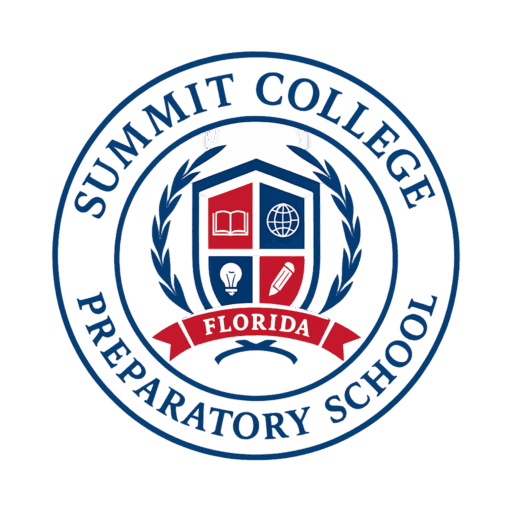Grade 9 – Biology (Standard)
Course Overview
Grade 9 Biology is a yearlong foundational science course that introduces students to the study of living organisms and life processes. Through inquiry-based labs, collaborative research, and critical thinking, students explore biological structures, systems, genetics, ecology, and evolution. The course integrates real-world applications and ethical considerations in science, preparing students for advanced life science coursework in high school and beyond.
Course Units
- Unit 1: Nature of Science and Scientific Methods
- Unit 2: Chemistry of Life – Biomolecules, Water, Enzymes
- Unit 3: Cell Structure and Function – Prokaryotic and Eukaryotic Cells
- Unit 4: Energy Flow – Photosynthesis and Cellular Respiration
- Unit 5: Cell Cycle and Mitosis
- Unit 6: Genetics – DNA, Protein Synthesis, Mendelian Inheritance
- Unit 7: Evolution and Natural Selection
- Unit 8: Ecology – Populations, Ecosystems, Environmental Impact
Instructional Methods
Instruction includes interactive labs, virtual simulations, case studies, data analysis, and cross-disciplinary connections to technology and ethics. Students engage with scientific texts, construct explanations based on evidence, and communicate findings using appropriate vocabulary and models.
Assessment and Grading
| Category | Weight |
|---|---|
| Unit Exams & Projects | 35% |
| Laboratory Investigations | 25% |
| Homework & Practice | 20% |
| Class Participation & Discussions | 10% |
| Reflections & Presentations | 10% |
Anchor Themes Justification
- Structure and Function: Students analyze the relationship between structure and biological roles at molecular, cellular, and organism levels.
- Energy and Matter: Emphasis on energy flow in biological systems and matter cycling in ecosystems.
- Heredity and Variation: Students study genetic mechanisms and predict inheritance patterns.
- Stability and Change: Applied through homeostasis, ecological balance, and evolutionary processes.
Florida Standards Alignment
| Topic | Florida Benchmark | Application |
|---|---|---|
| Scientific Inquiry | SC.912.N.1.1 | Understand scientific investigation, peer review, and the role of hypotheses |
| Cell Biology | SC.912.L.14.2 | Differentiate prokaryotic/eukaryotic cells and organelles |
| Photosynthesis & Respiration | SC.912.L.18.7 | Compare photosynthesis and cellular respiration pathways |
| Genetics | SC.912.L.16.2 | Predict outcomes of genetic crosses and describe gene function |
| Evolution | SC.912.L.15.1 | Explain how natural selection leads to evolution |
| Ecology | SC.912.L.17.4 | Describe relationships in ecosystems and human impact |
Academic Vocabulary Matrix
| Category | Key Terms | Contextual Application |
|---|---|---|
| Cell Biology | Organelle, Membrane, Diffusion | Used to describe cell structure and transport |
| Genetics | DNA, Allele, Genotype | Applied to Punnett squares and heredity problems |
| Ecology | Biodiversity, Carrying Capacity, Trophic Level | Used to analyze ecosystems and energy flow |
| Scientific Thinking | Hypothesis, Variable, Control | Integrated into lab design and analysis |
